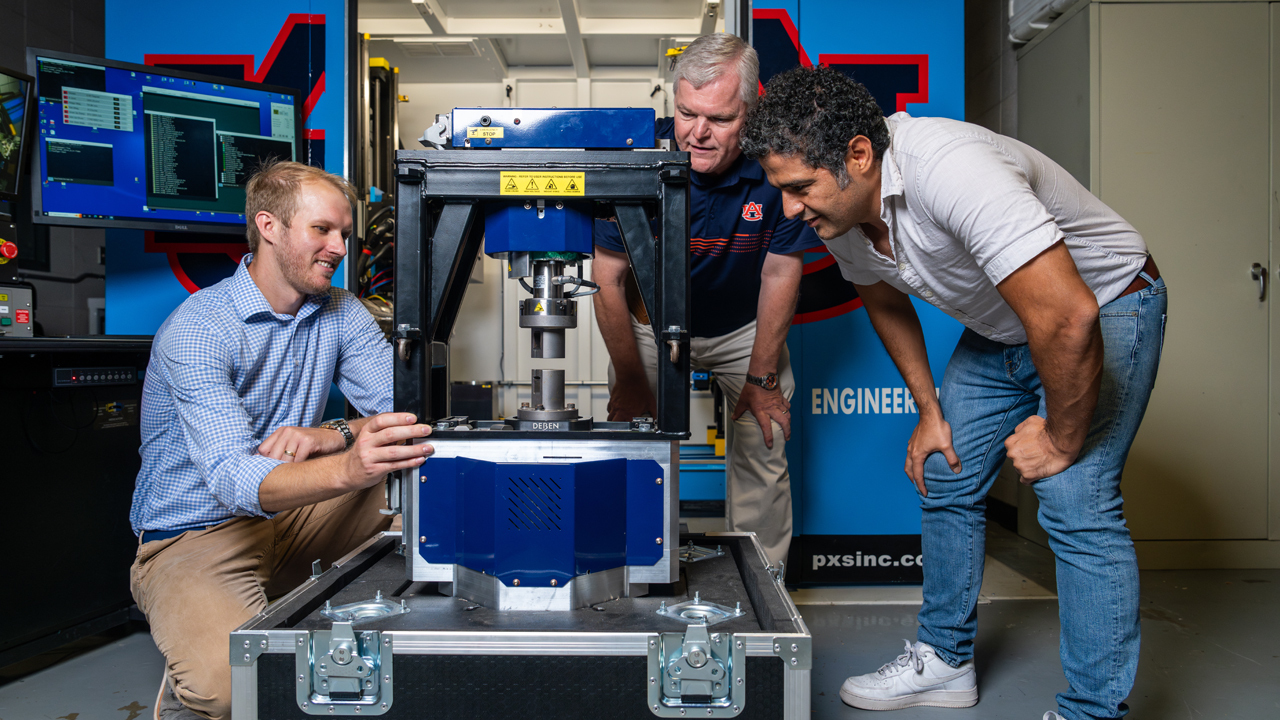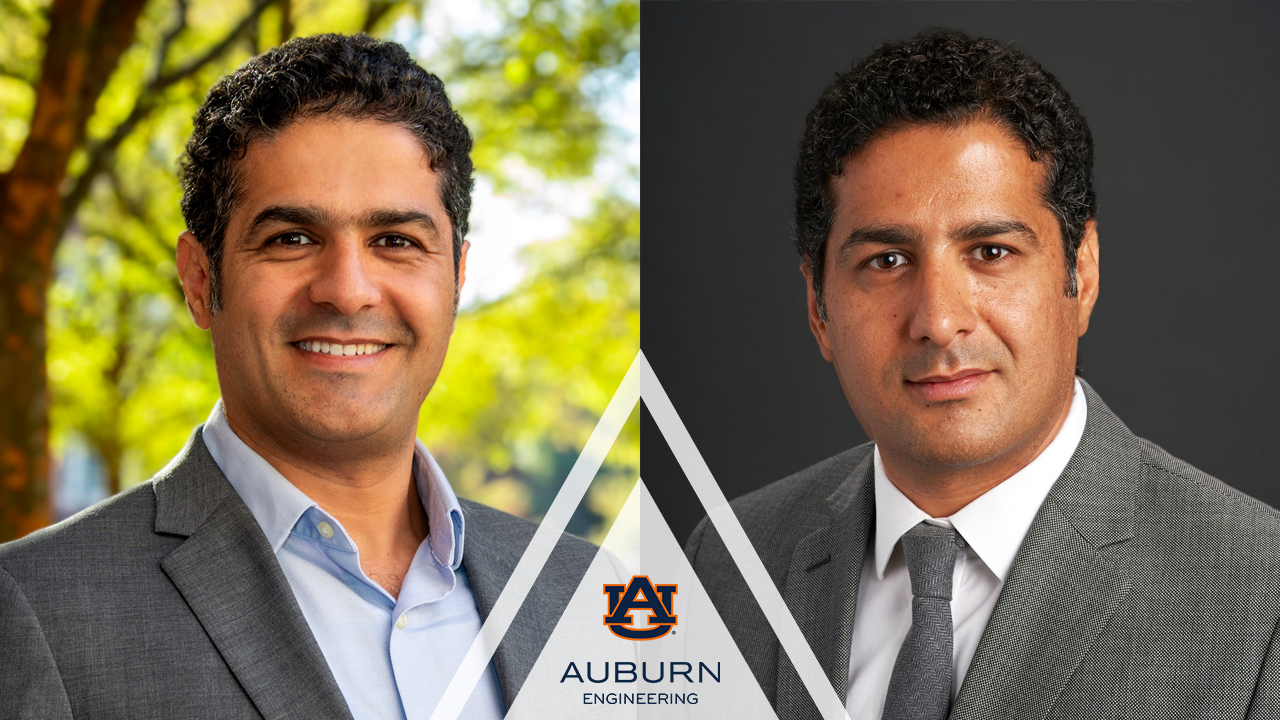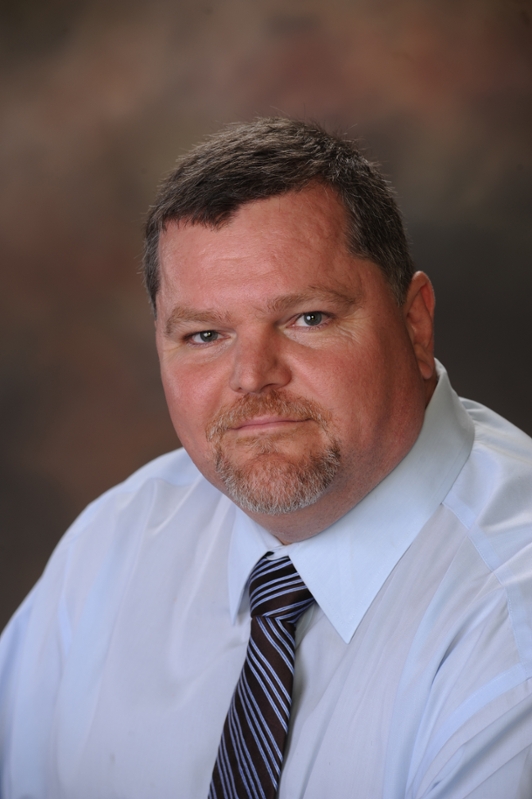Civil and Environmental Engineering assistant professor researching impact of temperature change on permafrost
Published: Sep 3, 2024 8:30 AM
By Dustin Duncan
How are changes in climate temperatures affecting permafrost and potentially infrastructure in Arctic and sub-Arctic regions?
Ali Khosravi, an assistant professor in the Department of Civil and Environmental Engineering, aims to answer this question through his recent National Science Foundation-awarded research project titled “Multiscale Characterization of Permafrost and Frozen Soil Properties: Bridging Micro- and Macro-Scales.” Khosravi is the principal investigator (PI) on the $981,000 grant, a collaborative project with Mohammad Khosravi, an associate professor at Montana State University. Bart Prorok, a materials engineering professor, and Paul Bartley, an assistant professor in horticulture at Auburn University, are co-PIs in this project.
Khosravi, who specializes in geotechnical engineering, seeks to improve understanding of how climate change impacts permafrost, enhancing predictions about permafrost thaw and its effects on infrastructure in Arctic and sub-Arctic regions.
“When permafrost starts to thaw and becomes thinner due to changing climates, that’s going to cause more settlement within the soil, and any structures on top of that soil will begin to settle as well. It could also affect the stability of coastal bluffs, leading to increased erosion rates and potential hazards for nearby communities and infrastructure,” he said. “Eventually, there could be the need for new design approaches to development in the cold regions.”
Because the behavior of permafrost fluctuates based on time, date and weather patterns, Khosravi plans to investigate permafrost at varying levels from the microscale to the macroscale. However, he’s going to control the variables in a way that wouldn’t be possible in the field.
He’ll be teaming with Prorok and Bartley to use Prorok’s PSX Macro CT machine, allowing him to see what’s happening to the frozen soil while changing variables.
“We can systematically vary the water content, temperature, and mechanical stresses applied to the frozen soil and observe the resultant changes in its properties and behavior,” Khosravi said. “By looking at how these factors interact, we hope to better understand what's happening in frozen soil under different conditions.”

Khosravi will use multiscale modeling to study permafrost at different sizes. This will help him understand how changes at small ice scales impact the larger permafrost structure.
He'll also turn to his twin brother, Mohammad Khosravi, at Montana State University to perform larger-scale centrifuge testing. A geotechnical centrifuge is an advanced research apparatus that rotates soil or rock samples at high speeds to generate an increased gravitational field. This enhanced gravity simulates the stress conditions experienced by full-scale geotechnical structures, allowing engineers to study material behavior under various loading scenarios.

Khosravi noted that permafrost research is often incomplete because most studies rely on laboratory experiments that do not fully capture real-world conditions. While field studies provide snapshots of permafrost conditions, long-term research is necessary to understand how changes in the physical and thermal properties of permafrost and the overlying layer affect its degradation over time.
“These limitations highlight the need for additional methods, such as CT scanning, centrifuge testing and multiscale modeling, to fully understand permafrost and its response to environmental changes,” Khosravi said.
The project also includes an educational component. Khosravi plans to create videos and presentations to send to universities and ask graduate students to present them to students. Additionally, he wants to host presentations at Auburn Engineering events like E-Day.
“We’d like to have students come into the lab, see the procedure, learn how to make frozen soil, test it and see how the temperature changes impact its behavior,” Khosravi said.
Media Contact: , dzd0065@auburn.edu, 334-844-2326

Ali Khosravi, assistant professor in civil and environmental engineer (right), Bart Prorok, a materials engineering professor (middle), and Paul Bartley, an assistant professor in horticulture at Auburn University (left) stand in front of the PSX Macro CT machine in the X-ray Computed Tomography Lab.



